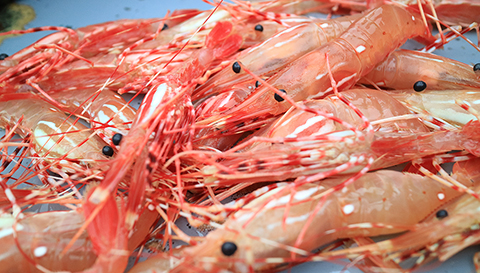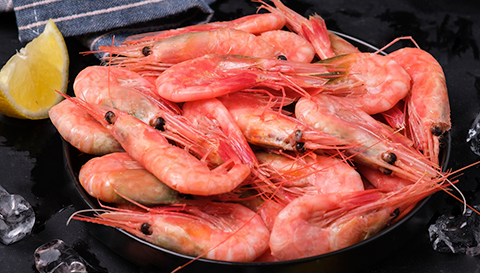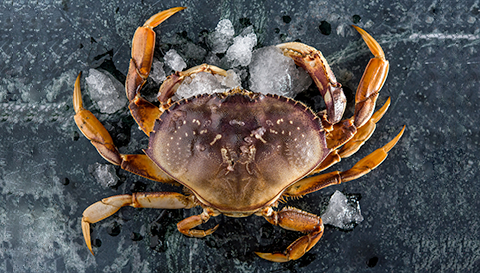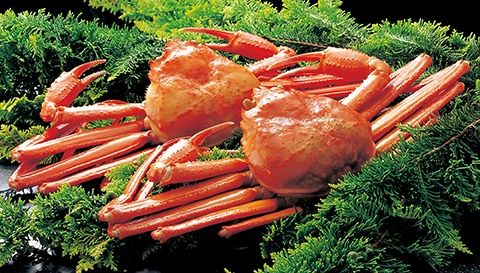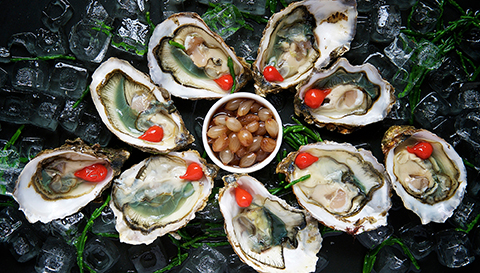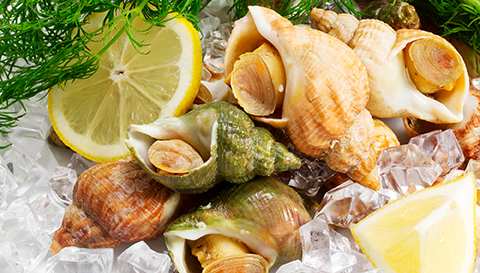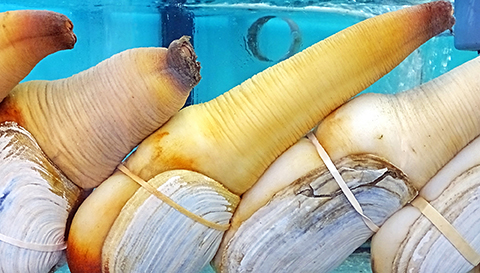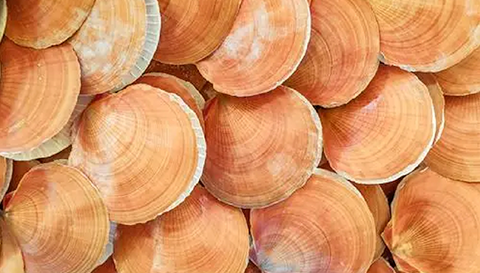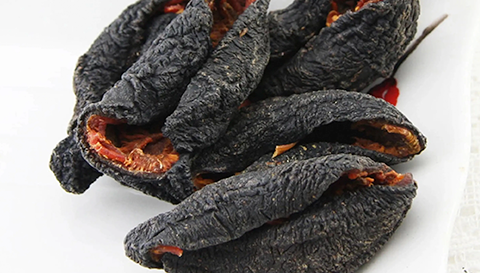Snow Crab
Snow crab, also referred to as Queen crab, are found in the North Atlantic and North Pacific oceans. In the North Atlantic, they are found from Greenland in the northeast Atlantic and from southern Labrador to the Gulf of Maine in the northwest Atlantic. They prefer deep, cold-water conditions. Canada is the world’s largest producer of Snow crab, accounting for about two-thirds of the global supply.
Snow crab are crustaceans with a flat body and five pairs of spider-like legs (the front pair are claws). As they grow, the hard outer shell is periodically shed in a process called molting. After molting, crab have a soft-shell for a period of time and are called soft-shell crab or white crab.
Snow crabs may cease moulting and growing at variable sizes. Males can grow to a size (carapace width) of about 15 centimetres, with largest males growing almost twice as large as the largest females. Only male crabs that meet or exceed the minimum legal size of 95 mm may be harvested. It takes from 7 to 9 years for males to reach legal size for harvesting. Snow crab live from about 14 to 16 years.


